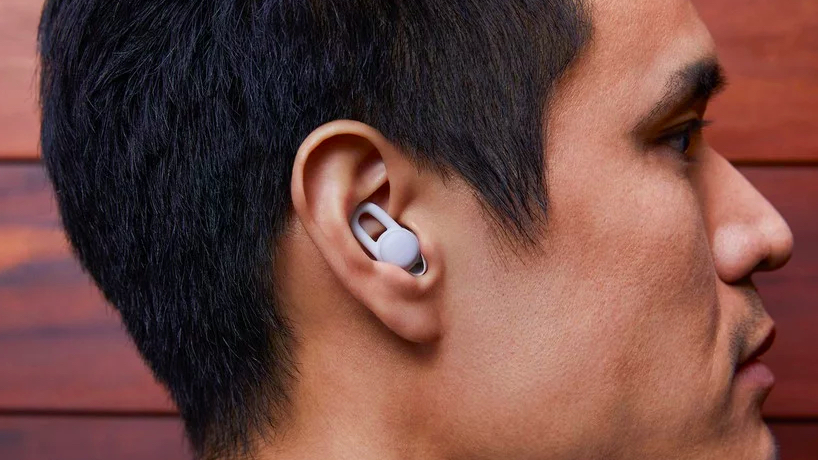When you're preparing to hit the gym, your usual routine probably involves both a pair of headphones and a sports watch of some kind. Finding them both and ensuring they're fully charged can be a nuisance – but what if you could leave the watch at home?
That might soon be possible. Sports headphones have come a long way in recent years, blurring the line between earbuds and fitness trackers. Although Apple has yet to introduce heart rate tracking to any of its best-selling Airpods, a recent report from market researchers at Orbis Research shows that in-ear heart monitoring tech is booming.
The Amazfit PowerBuds, Jabra Sport Pulse, Bose SoundSport Pulse and Philips ActionFit SN503, for example, can all track changes in your heart rate as you run and log it in a mobile app, allowing you to see the intensity of your efforts after each training session.
The Jabra Sport Pulse also have an SpO2 sensor that estimates blood oxygen saturation, which can be a handy tool for training at altitude or gauging if you're recovering properly. It's not a medical tool, but if the buds report that your SpO2 is lower than usual, you might need to take more time to rest after your training.

Taking heart rate and SpO2 measurements from the ear makes good sense, and can actually produce more accurate data than a watch. For example, working out in cold weather can result in reduced blood flow to your hands and fingers, which affects the accuracy of smartwatches and devices like the Oura smart ring. The darkness of your ear canal helps as well, as it means there's no ambient light to interfere with the LED light being reflected back from your skin and detected by the optical heart rate sensor.
Your ears are supplied by the same artery as your brain too, which results in a consistent blood flow and a strong signal for the sensor to detect. The data from an earbud is also likely to contain less 'noise' than that from a watch or ring, which moves to and fro as your arm swings. It can all add up to more useful results.
Tracking 24/7
Fitness trackers don't just monitor workouts though. They also track sleep so you can strike the right balance of activity and rest – and earbuds are starting to catch up there as well.
They're not headphones in the usual sense (more like smart earplugs) but the Amazfit Zenbuds impressed us with their sleep tracking when we tested them a few months ago. Not only did they accurately detect when we actually nodded off (many watches record all time spent in bed as sleep), the fact that they're located on either side of your head means that their accelerometers can determine whether you're restless at night, and changes in your sleeping position.
When we tested the Amazfit PowerBuds Pro earlier this year, we also appreciated their ability to keep tabs on your posture while you're working at your desk – warning you if you're slumping and alerting you to the amount of extra force your bad posture is placing on your spine. The data can be alarming; a particularly bad slouch could put the equivalent extra weight of a small child on your neck.

A pair of earbuds integrate all of that technology could be a real alternative to a wrist-worn fitness tracker for many people. The feature most notable by its absence is some form of GPS – whether that's an on-board chip or (more likely) connected GPS that piggybacks on your phone.
That might not be far off, though. The newly launched Oura 3 smart ring packs an impressive number of workout tracking tools into its tiny chassis, and its maker is planning to add live workout tracking to its repertoire in the coming months. We've yet to see exactly how this will work, but early screengrabs show that it will include mapping of running and walking routes.
If the necessary hardware can be tucked into a device as small as a smart ring, compressing it into an earbud should also be possible in the near future. We'll keep our ears to the ground for more developments.
from TechRadar - All the latest technology news https://ift.tt/3qbnvZa
No comments:
Post a Comment